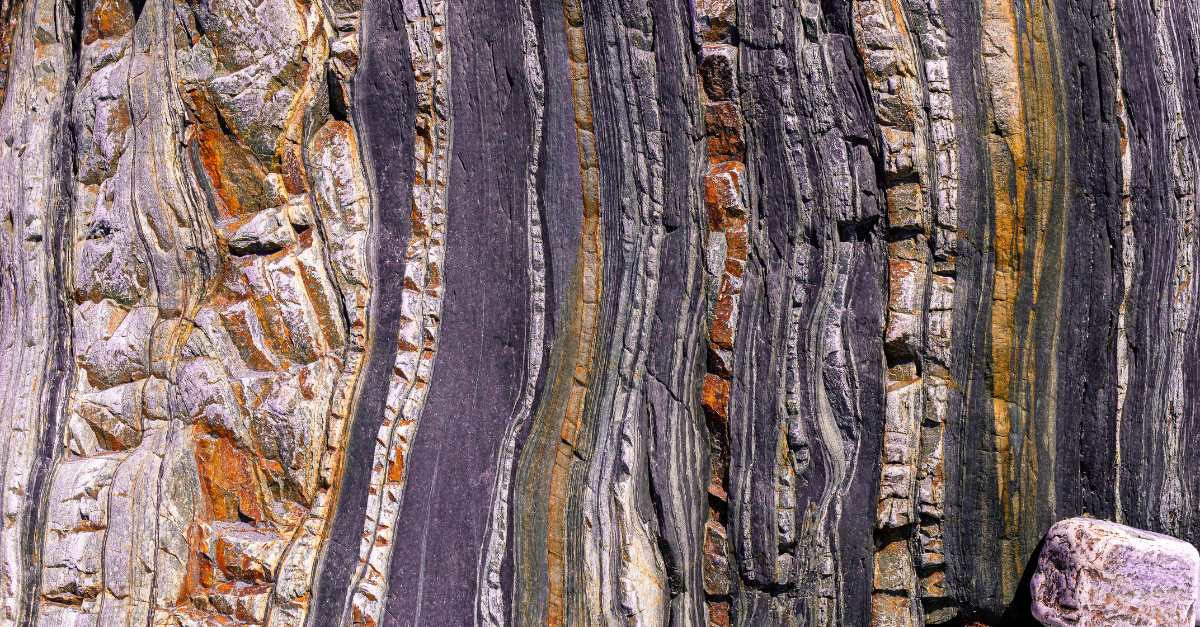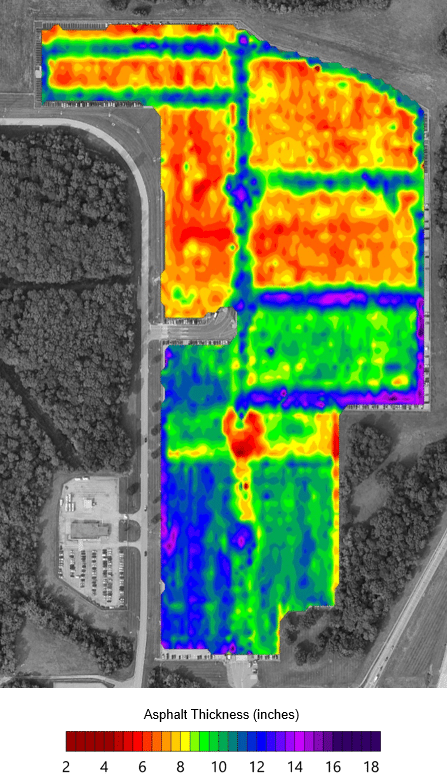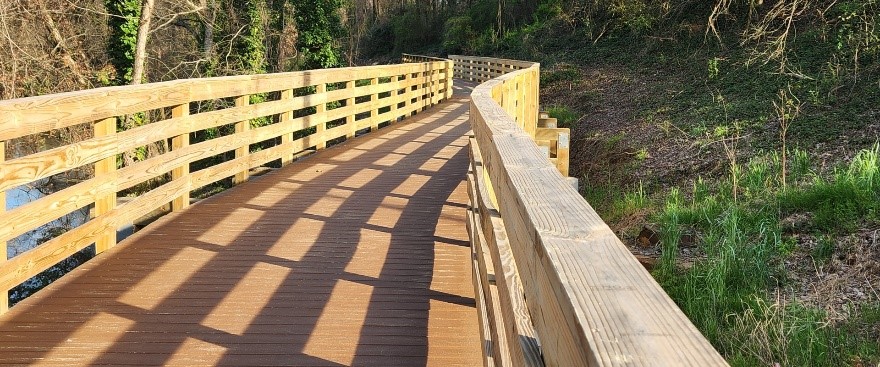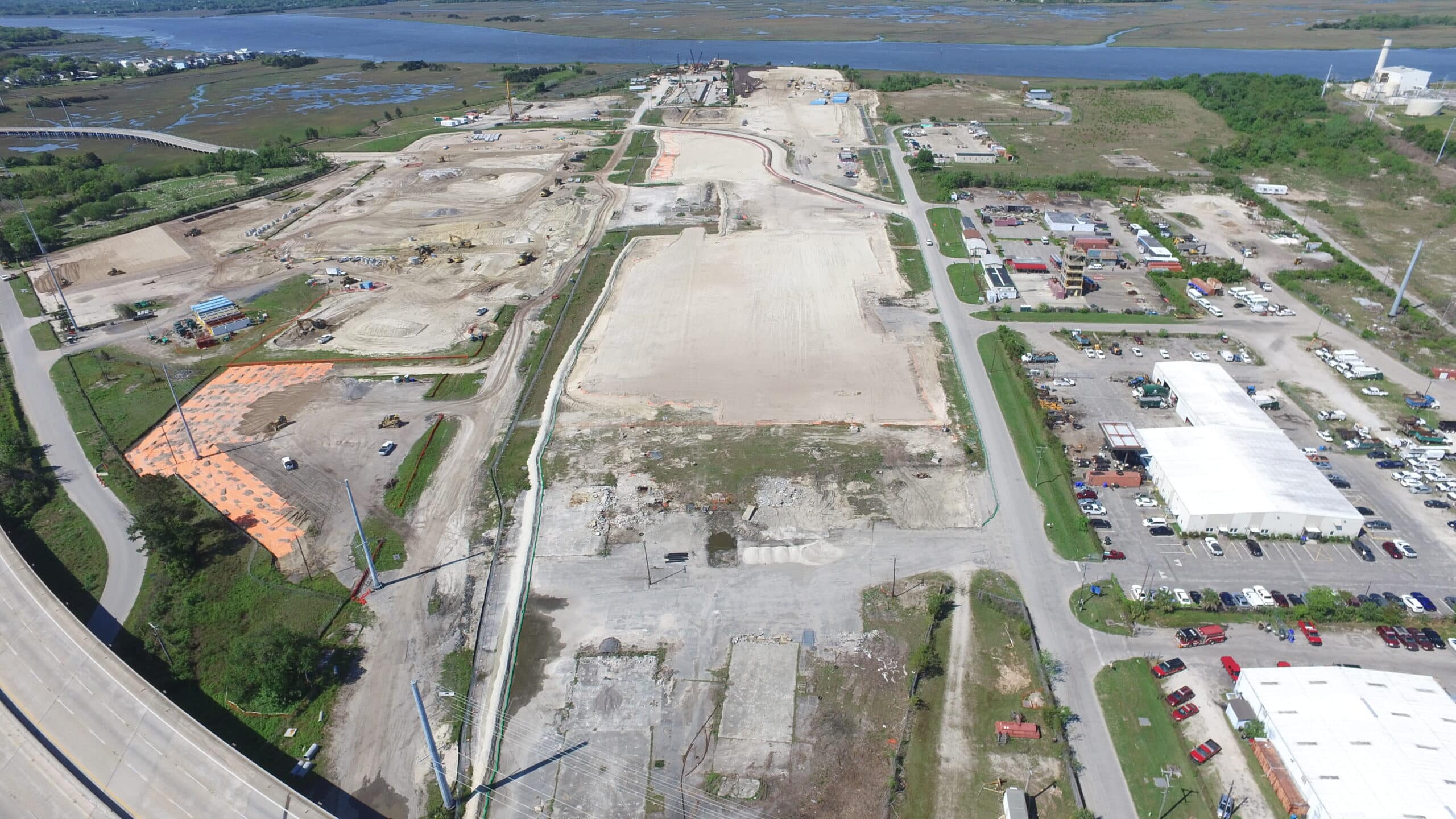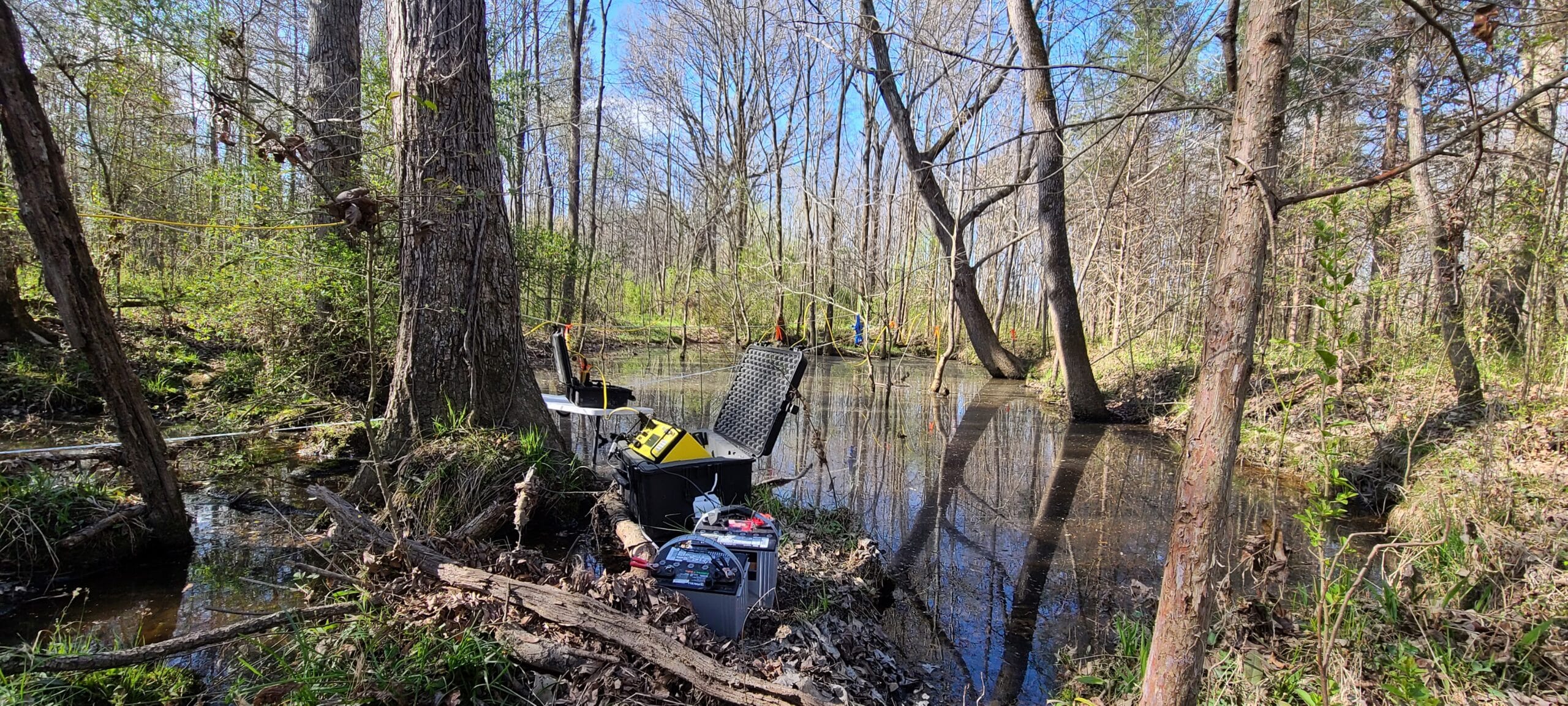March 18, 2025
If you’ve ever talked with an architect, engineer, or contractor you may find they use a lot of letters in their lingo. This campaign is an effort to demystify some of the commonly used acronyms in the Architecture, Engineering, and Construction (A/E/C) industry, what they mean, and why they are important.

What is a Professional Geologist (PG)?
From site assessments and environmental evaluations to ensuring compliance with regulations and safeguarding public safety, PGs play a crucial role in the success of construction projects and the natural resources protection.
A PG is a licensed expert with specialized knowledge in the field of geology. PGs are recognized for their deep understanding of Earth’s processes, materials, and history, applying their expertise to solve practical challenges in construction, environmental science, natural resource exploration, and disaster prevention.
To achieve PG designation, a geologist must meet education, experience, and examination requirements. The requirements can vary per state, but typically include:
- A Bachelor’s degree in geology or a related field.
- Significant field experience (usually 5 years) working under the supervision of a licensed geologist.
- Successful completion of the Fundamentals of Geology exam followed by the Practice of Geology exam, administered by state or national boards.
Once licensed, PGs must adhere to ethical guidelines and maintain their qualifications through ongoing professional development and continuing education.
The Role of a Professional Geologist (PG)
PGs are central to a wide array of industries, offering critical geological assessments and advice. Their primary roles involve understanding and interpreting the Earth’s physical characteristics to guide construction projects, environmental remediation efforts, and natural resource management.
Some of the key responsibilities of a PG include:
- Geotechnical Investigations: Assessing soil and rock properties to inform foundation design, stability assessments, and construction safety.
- Geophysical Investigations: Using techniques like seismic, electrical resistivity, and ground-penetrating radar to explore subsurface conditions and locate underground features that influence construction and environmental projects.
- Environmental Site Assessments: Evaluating potential contamination risks and designing remediation strategies to protect public health and the environment.
- Natural Resource Management: Providing geological expertise in the exploration and management of natural resources like minerals, water, and oil, while ensuring environmental compliance.
S&ME Employee-Owner Features

We spoke with S&ME Geophysicist and Associate Project Manager, Jill Guthrie, PG, who is based in Chattanooga, Tennessee. Jill has six years of experience with various geophysical survey equipment and methods for near-surface data acquisition. Having recently earned her PG in November 2024, Jill brings perspective into her career and the process for those also seeking their PG.
On Pursuing Geophysics as a Career
“I actually had no idea what geophysics was at first. My twin sister wanted to study physics, and I knew I wanted to be outside more (and maybe even one up her), so geophysics it was! It turned out to be a fascinating science with a good amount of time spent out in nature. There are so many avenues to go down in geophysics, but I’m thrilled with the path I took: to solve real-world problems with science.”
On Field Work and Learning in Real Time
“One of the coolest things about this job is seeing something in the field that you just learned about. I flew to Oklahoma for a project, walking through a quarry, and saw rocks with squiggly lines. I had just read about stylolites on the plane while studying for the PG exam – what a coincidence!”

Jill on site at a quarry in Oklahoma.
On the PG Process
“Getting a PG license is a heavy time commitment, but it’s worth it. Since my degree is in Applied Geophysics, I didn’t take a plethora of geology classes, it was a challenge to re-learn the basics and other topics I didn’t have the opportunity to study then. For me, it took about a year of studying, but that process helped me solidify my knowledge and apply it to my projects.”
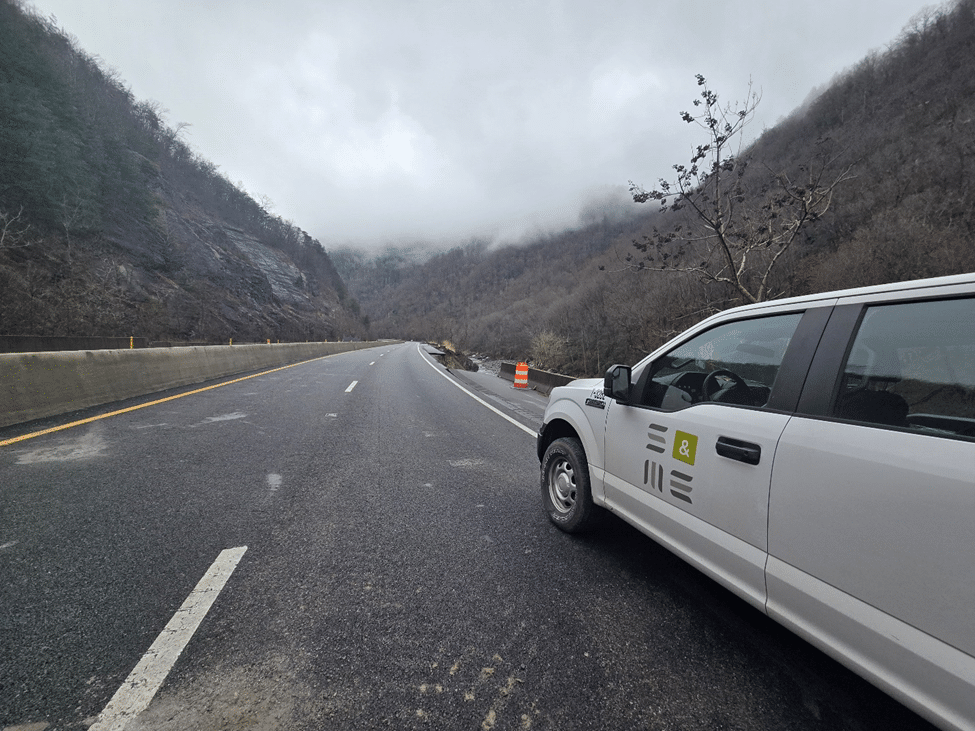
On Mastering the Craft
“Geophysics is an interpretation of the data we collect, and you have to really understand how to apply the techniques for each specific situation. The method, data, and geology all have to make sense together. When you start to see everything all connect, it’s like unlocking a new way to understand the world around you.”
On Innovation in the Industry
“Technology is constantly advancing. 3D Ground Penetrating Radar, for example, is making subsurface imaging more accessible than ever. It can make our interpretation quicker, and clients can more easily visualize what is beneath their feet.”
On the Memorable Projects
“Some of the most memorable projects are the toughest ones. Recently, we were out on I-40 collecting seismic and borehole televiewer data, which involved several teams covering tens of miles of highway. It was rough conditions, 10 degrees and snowing, but seeing everything come together made it so rewarding.”

We also spoke with S&ME Senior Geologist and Project Manager, Nathan Williams, PG, who is based in Spartanburg, South Carolina. Nathan has 39 years of experience and specializes in hydrogeologic design, soil and groundwater assessment, solid waste management, RCRA/CERCLA studies, UST services, environmental real estate assessments, and project management. Nathan shares more on his career and advice for those also seeking their PG.
On Pursuing Geology as a Career:
“I’ve always loved the outdoors and was curious about how the world around me was shaped – how mountains formed, what processes shaped the land. Geology was the perfect way to explore the morphological side of it, turning that curiosity into a career.”
On the Essence of Geology
Nathan jokes, “In Geology – no one really knows what we do. Most people just think, ‘I guess you like rocks.’ But really, we evaluate where contaminants are migrating, help engineers with evaluations of rock for dam and bridge work, evaluate directions and velocities of groundwater migration, and more.”
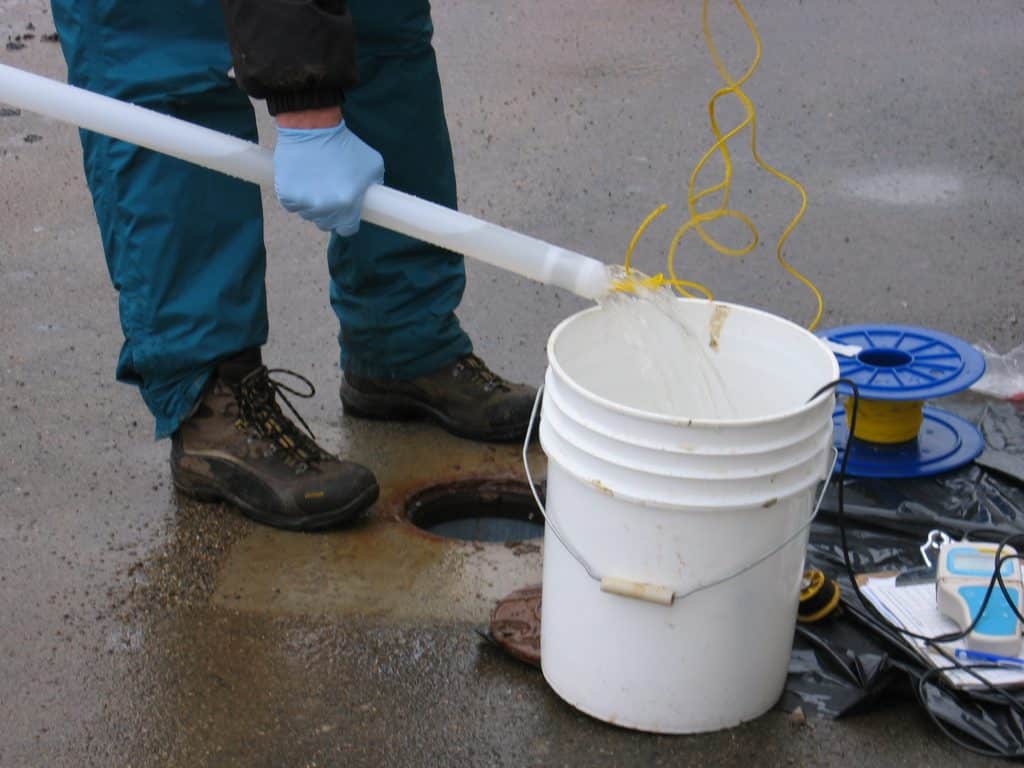
On the Role of Groundwater Studies
“I have experience in groundwater contamination. Our evaluations have the potential to impact public health. At times, groundwater can migrate in preferential flow paths which is important to identify and make sure no one is drinking or using that water.”
On Industry Challenges
“One of the bigger challenges isn’t just identifying contaminants that we have been identifying for several years. It’s the ones we don’t quite understand yet. Pharmaceuticals, microplastics, PFAS; there are industries creating new chemicals, which are currently not regulated which will have to be addressed in the future.”
On Professional Growth
“What you say and how you deliver results determines way more than the letters after your name. The PG stamp helps, but real credibility comes from knowing your stuff and being able to explain it clearly.”
On the Importance of Curiosity
“For those interested in pursuing their PG, don’t just learn the basics; be curious. Ask yourself, ‘Why does this affect that?’ If you go above and beyond, it will set you apart. When you sit in front of a regulator or a client and can answer something confidently, that credibility matters.”

